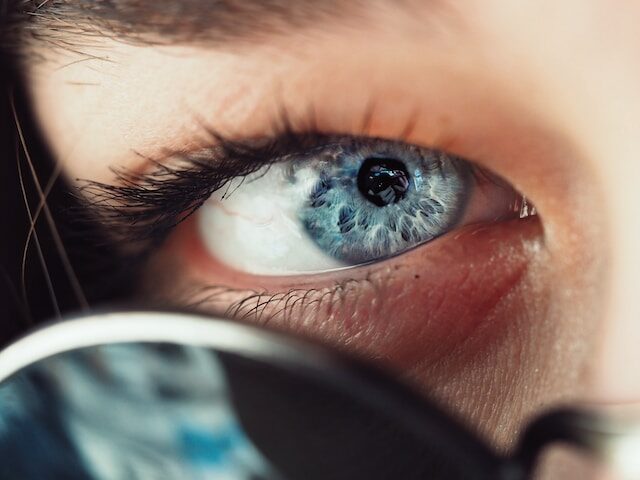A person who has lost vision in one eye is known as a monocular person. This condition is also referred to as monocular vision or monocular blindness. There are many different reasons why a person may lose vision in one eye, including injury, disease, or congenital issues.

In many cases, a person with monocular vision may not experience any major issues. For example, they may still be able to drive, read, and perform other daily activities with relative ease. However, there are some important considerations that a monocular person may need to keep in mind, especially when it comes to safety.
For example, a monocular person may have a reduced depth perception, which can make it difficult to judge distances accurately. This can be especially problematic when driving, operating heavy machinery, or engaging in other activities that require precise spatial awareness. In some cases, a monocular person may be restricted from certain occupations or activities due to safety concerns.
It is also worth noting that some monocular individuals may experience other visual disturbances, such as headaches or dizziness. These symptoms may be related to the loss of vision itself or to other underlying health conditions.
In terms of treatment, there are a few different options available for individuals with monocular vision. For example, some people may be able to use corrective lenses or other devices to help compensate for their visual impairment. In some cases, surgery may also be an option to restore some or all of a person’s vision.
Overall, while being a monocular person can present certain challenges, it is possible to live a full and fulfilling life with this condition. With the right support and resources, a person with monocular vision can continue to pursue their goals and aspirations, while also taking steps to stay safe and healthy.